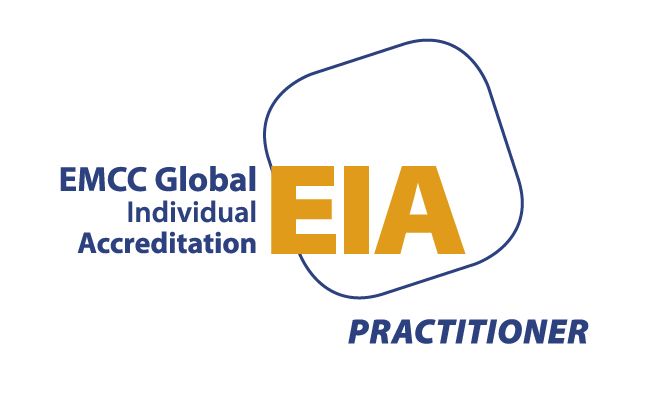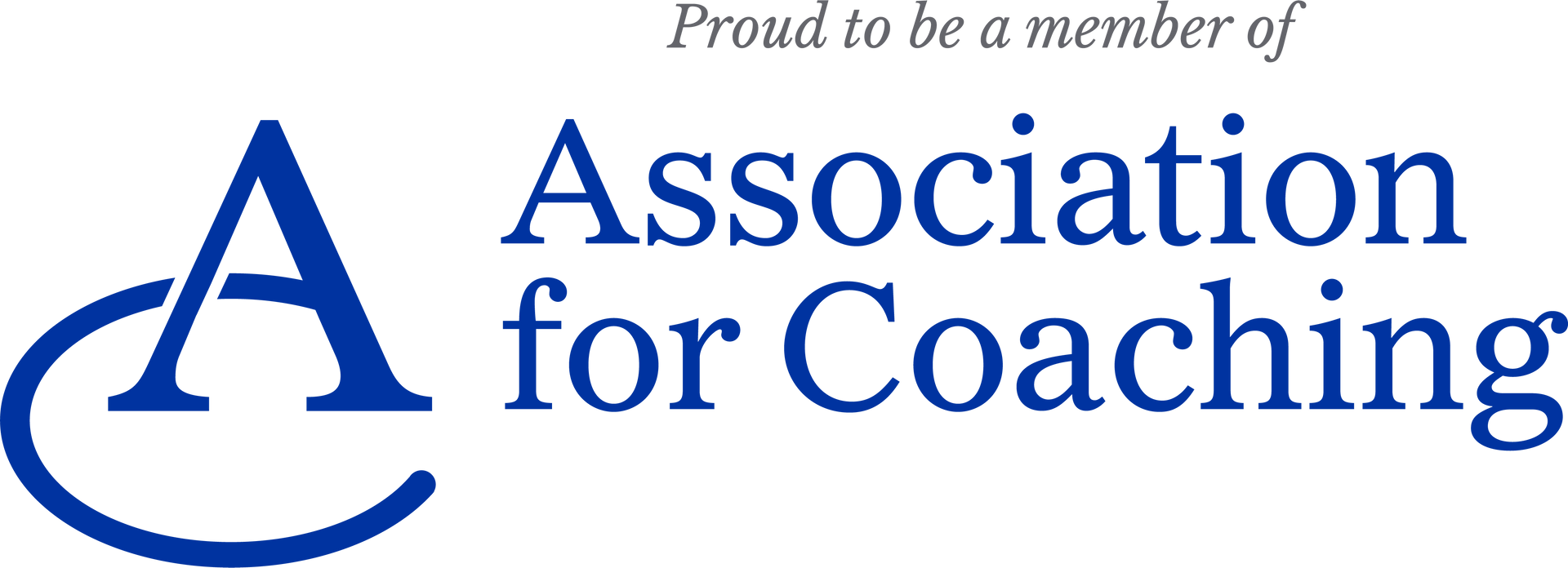
Blog Layout
What is Psychological Safety?
Barbra Carlisle • April 4, 2025
Psychological Safety is a root to sustainable high performing teams

Imagine this. You’re in a leadership meeting where a crucial decision is being discussed. One of your team members has an insight that could change the direction of the conversation, but they hesitate. The moment passes, and the idea never gets shared. A missed opportunity.
If this sounds familiar, you’re not alone. Research from Gallup (2023) found that only 3 in 10 employees strongly agree that their opinions count at work. Yet, the ability to challenge, contribute, and collaborate freely is the foundation of high-performing teams.
That’s where psychological safety comes in. A concept pioneered by Amy Edmondson, psychological safety is the belief that one can speak up without fear of humiliation, rejection, or punishment.
But this safety isn’t binary – it evolves through four key stages.
Each person experiences these stages differently, depending on their communication and thinking styles. Understanding this can help leaders create an environment where everyone feels safe to contribute.
The Four Stages of Psychological Safety
1. Inclusion Safety – "Do I Belong Here?"
This is the foundation of psychological safety – the need to be accepted as part of the group, regardless of differences in background, experience, or thinking style. Some people feel secure when relationships are prioritised, while others need clarity on their role in the team.
Signs of Inclusion Safety:
- People feel comfortable sharing personal experiences.
- Meetings feel welcoming, and all voices are acknowledged.
- Silence is seen as thinking time, not fear.
Different Voices, Different Needs:
Some people in your team will need warmth and relational connection to feel safe while others will want clarity on expectations and structure. Others will feel safe where there is an open, informal exchange of ideas and similarly some team members may feel safe when there is a shared vision and strategic purpose. Those with a creative thinking preference may value space for deep thought and time to articulate ideas fully.
Leadership Habit:
Use people’s names regularly and create structured opportunities for everyone to contribute.
2. Learner Safety – "Can I Grow Here?"
Once people feel included, the next level is about learning. Do they feel safe to ask questions, make mistakes, and try new things without fear of embarrassment? Some thrive on open-ended discussions, while others need clear expectations before stepping into learning.
Signs of Learner Safety:
- People openly ask for feedback.
- Mistakes are seen as opportunities for growth.
- Junior team members contribute without hesitation.
Different Voices, Different Needs:
As with inclusion safety different team members will place higher value on different aspects of learner safety. For example:
- some may hesitate to take risks if they feel failure might harm relationships.
- some want clear learning pathways before stepping out of their comfort zone.
- some learn best through interactive, social experiences.
- some need challenging problems to solve, not just incremental learning.
- some prefer to process information deeply before acting.
Leadership Habit:
Share your own learning style and be curious as to how others prefer to learn
3. Contributor Safety – "Can I Make an Impact?"
At this stage, team members feel safe to apply their skills, express ideas, and challenge the status quo. Some prefer to refine ideas before speaking, while others think aloud and iterate in real-time.
Signs of Contributor Safety:
- People proactively bring solutions, not just problems.
- There’s healthy debate without defensiveness.
- Meetings are energised – not dominated by a few voices.
Different Voices, Different Needs:
If we look at Contributor safety through the 5 Voices lens we can see that:
- Nurturers contribute when they know their ideas will benefit people.
- Guardians thrive when processes are followed and well-documented.
- Connectors engage when they can see the impact on relationships and networks.
- Pioneers bring their best when they can drive ambitious strategies forward.
- Creatives need the freedom to explore new concepts without immediate judgment.
Leadership Habit:
Respond to ideas with “Tell me more” rather than an immediate judgment.
4. Challenger Safety – "Can I Challenge Here Without Fear?"
This is the highest level of psychological safety, where people feel empowered to question assumptions, challenge leadership, and advocate for change – all without fear of retribution. Some challenge through logical reasoning, while others need time to reflect before speaking.
Signs of Challenger Safety:
- People call out flaws in processes or leadership decisions constructively.
- There is healthy disagreement, not just agreement for the sake of harmony.
- The best idea wins – not the loudest voice.
Different Voices, Different Needs:
Diversity of personality preference in the team will mean that some people:
- may challenge in a way that prioritises harmony and relationships.
- will challenge when there’s a risk to stability or structure
- challenge when they see an idea that could bring people together.
- challenge by pushing bold, strategic moves.
- challenge by offering visionary, outside-the-box thinking.
Leadership Habit:
Ask “What’s the counterargument to this?” in meetings to encourage diverse viewpoints.
The Business Case for Challenger Safety
When teams operate at Challenger Safety, organisations benefit in measurable ways:
- Companies with high psychological safety see a 27% increase in team performance (Google, 2022).
- Innovation skyrockets – teams are 45% more likely to experiment and take smart risks (CIPD, 2023).
- Employee engagement soars – teams with high safety have 76% lower burnout rates (McKinsey, 2023).
How to Check If Your Team Has Reached Challenger Safety
Ask your team these five questions:
- Do you feel comfortable challenging my thinking without consequences?
- Do you see mistakes as learning opportunities?
- When you contribute ideas, do you feel heard?
- Have you ever held back from speaking up? If so, why?
- What’s one thing I could do to make you feel safer to challenge?
If the answers reveal gaps, that’s where the work begins.
Final Thought: Psychological Safety is a Leadership Choice
Psychological safety isn’t a soft skill – it’s a strategic advantage. And it starts with small, consistent actions. Leaders who nurture inclusion, learning, contribution, and challenge create teams that are not just engaged, but unstoppable.
Where does your team sit in the four stages? Let’s have a conversation about creating a culture where every voice is heard and valued.
Book a conversation with Barbra from Glee Coaching to explore how to strengthen psychological safety in your organisation and to find out how adopting a 5 Voices approach you can create sustainable challenger safety workplaces. Email barbra@gleecoaching.com
Share
Tweet
Share
Mail

By Barbra Carlisle
•
April 4, 2025
The Hidden Problem in Leadership Teams “We have an experienced team, but we keep running into the same issues. It feels like we’re stuck in a loop.” Is this your experience? If so you are not alone. This is basically group think – where we all just agree because it is the easiest path. Many leadership teams operate in this way, particularly in charities, non-profits, and housing associations, where leaders often rise through the ranks of the same sector. The result? A lack of cognitive diversity. What is Cognitive Diversity, and Why Does It Matter? Cognitive diversity refers to the differences in how people think, solve problems, and process information. Unlike demographic diversity, which focuses on visible characteristics like age, gender, or ethnicity, cognitive diversity is about how people approach challenges. Research shows that teams with diverse thinking styles make better decisions and innovate more effectively. A 2023 study by the Chartered Management Institute (CMI) found that UK organisations with cognitively diverse leadership teams were 30% more likely to outperform their competitors (CMI, 2023). Yet, the same study highlighted that many UK charities and non-profits struggle to bring in fresh perspectives. When everyone thinks alike, blind spots emerge. Leaders miss risks, overlook opportunities, and fail to adapt to change. But when teams include different problem-solving styles, they spot issues earlier, challenge assumptions, and generate more creative solutions. Cognitive Diversity in Action Think about a leadership meeting where a big decision needs to be made. You likely have: • Visionary thinkers—Big-picture, future-focused leaders who generate ideas but may overlook risks. • Data-driven analysts—Detail-oriented leaders who assess facts but may struggle to take decisive action. • Relational decision-makers—People who prioritise team impact and organisational culture. • Action-focused leaders—Those who push for decisions and implementation, sometimes too quickly. Each of these thinking styles is valuable, but when one dominates at the expense of the others, teams become unbalanced. If only action-focused leaders drive decisions, risks get overlooked. If only relational leaders shape discussions, difficult decisions may be delayed. In the case of one senior leadership team I worked with, their leadership team was dominated by big picture analytical thinks who were not big on detail and accountability. They were great at creating a vision, being ambitious on behalf of the organisation but less great at challenging and exploring concepts in practical next steps —they were missing those who ask, “Are we sure this is the right path and what steps are we planning to take to get there?” Once you recognise what you are missing in a team you can start to take action. For example 1. Invite diverse voices into decision-making—Bringing in external advisors and more analytical thinkers. 2. Shift meeting dynamics —Introducing structured time for challenge before decisions were finalised. 3. Giving yourself time in the meeting to ask ‘What would a structural preference thinking say about this idea?” The result? More strategic decision-making, fewer knee-jerk reactions, and a more adaptable leadership team. How to Build Cognitive Diversity Into Your Leadership Team If your leadership team feels like an echo chamber, here are three ways to bring in cognitive diversity: 1. Identify Your Team’s Thinking Strengths—and Gaps Many leadership teams unknowingly over-rely on certain voices. Some are dominated by visionaries who struggle with execution. Others have practical problem-solvers but lack big-picture thinkers. A 2023 study by the Institute of Leadership & Management found that teams that balance strategic, relational, and execution-focused thinkers make decisions 25% faster and experience higher team engagement (ILM, 2023). A simple step? Map out your team’s thinking styles and ask: Who do we need more of in the room? At Glee we use 5 Voices or the Emergentics thinking tool to identify the dynamics in the room and to bring clarity in potential actions to mitigate group think. 2. Change the Way You Run Meetings Most meetings favour the loudest and quickest thinkers. That means valuable perspectives—often from the more reflective members of the team—get lost. One housing association I worked with changed their meetings by: • Giving everyone time to reflect before discussions. • Assigning someone to challenge decisions before finalising them. • Encouraging those who think differently to speak first. This small change led to better decisions and more balanced conversations. 3. Bring in Fresh Perspectives If your team has been together for years, it’s easy to fall into groupthink. Actively seek outside perspectives—whether through board members, external advisors, or coaching. A non-profit leader I worked with started bringing in junior team members for fresh input before final decisions. The result? More innovative thinking and higher engagement across the organisation. Final Thought: The Leaders Who Value Different Thinkers The most effective leaders don’t surround themselves with people who think like them. They build teams that challenge, refine, and strengthen ideas—because that’s where real innovation happens. If you’re a CEO or senior leader looking to harness cognitive diversity to improve decision-making and team performance, let’s talk. Book a meeting with Barbra from Glee Coaching today and start unlocking the full potential of your leadership team. Get in touch today barbra@gleecoaching.com

Subscribe to be the first to hear about our latest news and events
Join the Newsletter
You're in! Thanks for signing up.
Oops, there was an error sending your message.
Please try again later

Copyright 2022 GLEE COACHING CONSULTANCY. Site design by fireflydigital.co.uk

